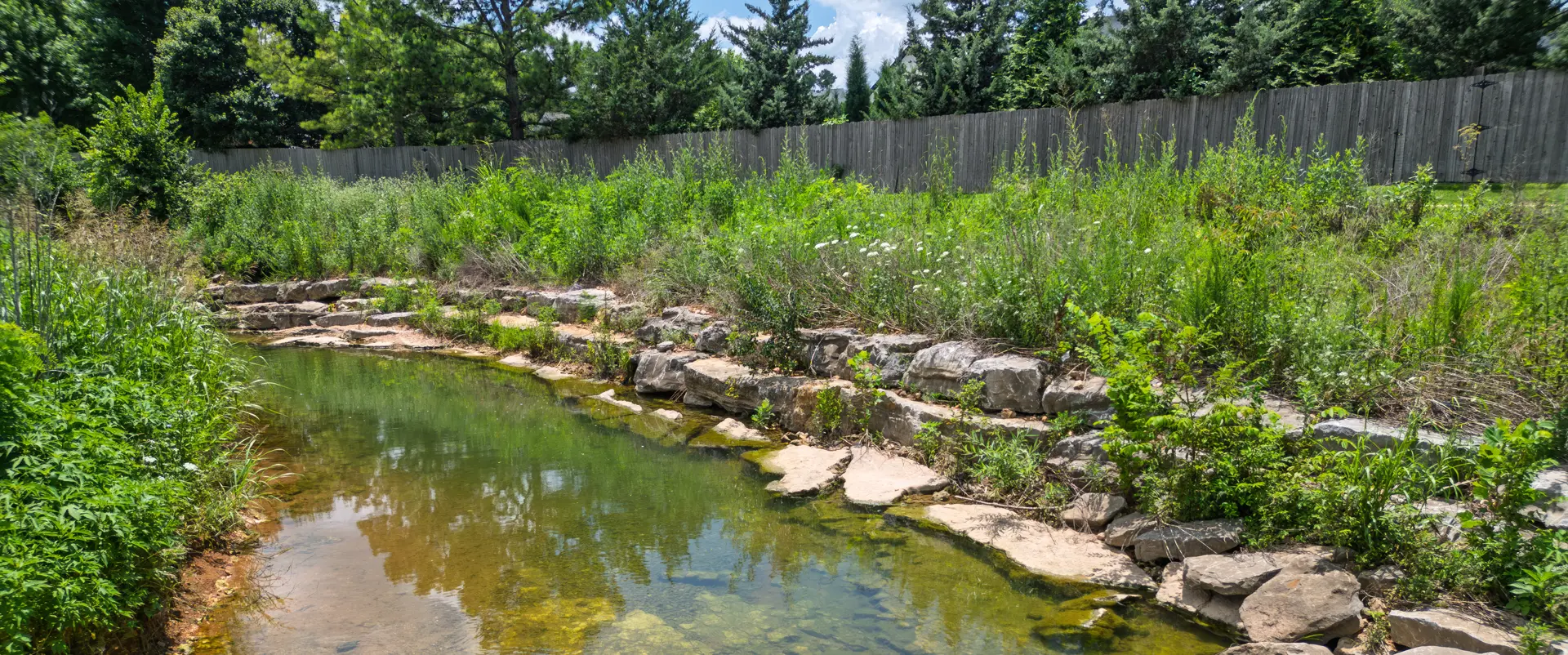
David Rupe
Vice President - EnvironmentalAttracting job-creating industries to invest in your community is hard work. It often requires years of planning, partnerships, and perseverance to outcompete the dozens of cities and states vying for the same investment opportunity.
One of the major selling points a community can offer a business looking to expand is a shovel-ready site. Environmental due diligence, along with transportation access, utility availability, and land use approvals are all key components of a site that’s ready for fast-track development. A shovel-ready site reduces risk and uncertainty for investors and can be the difference between getting short-listed for a job-creating project or missing the cut.
As an environmental scientist, my role in economic development projects is on the front end, most often as land is under consideration for potential investment. My advice for forward-thinking communities with a specific site they’d like to market is to undergo some basic environmental due diligence before having serious talks with prospective companies and site selectors.
Environmental due diligence is a relatively inexpensive investment that, when made early on, can make a site more attractive. It can lend credibility to the team offering the site and provide assurance that a potential large-scale project is viable.
 Environmental compliance may seem cumbersome at times, but each community is playing by the same rules, which exist to protect our health and preserve our natural resources.
Environmental compliance may seem cumbersome at times, but each community is playing by the same rules, which exist to protect our health and preserve our natural resources.
“We live and do business in the Natural State, and we want it to remain beautiful,” said Jeremy Biggs, vice president of economic development at the Rogers-Lowell Chamber. Biggs said anyone involved in the site selection process would benefit from having a basic understanding of the importance of environmental due diligence.
Here are three areas of environmental compliance that often intersect with economic development projects before breaking ground.
Wetland Delineations
A wetland delineation is a process used to identify and map where wetlands, streams, ponds, and other aquatic resources are located on a property. Environmental scientists visit the site to assess soil, water, and vegetation to determine if an area meets the criteria to be considered a wetland under federal or state regulations. If regulated by the U.S. Army Corps of Engineers, wetlands and other aquatic resources are protected, which means building on them may require Section 404 permits.
Phase 1 Environmental Site Assessment (ESA)
Phase 1 ESAs identify potential environmental contamination or hazards on a property before a transaction or development begins. Phase 1 ESAs consist of a review of historical property records, an on-site visual inspection for hazardous substances, discussions with property owners, and a regulatory compliance check.
National Environmental Policy Act (NEPA)
NEPA requires federal agencies to assess the environmental impacts of their actions before making decisions. If a project uses federal funds (including economic development grants), or in certain instances if there is a federal nexus, a NEPA review is required. NEPA reviews can take anywhere from a few months to two years and can require public comment.
Environmental compliance is complex and ever-changing. Before marketing land to potential industries, it’s important for community leaders to understand the potential delays environmental regulations can trigger if not addressed early. Environmental due diligence can help paint a clearer picture of the kinds of permitting — and the kind of timeline — a site or a particular project will require.
Dana Poindexter is the southwest Arkansas regional manager with the Arkansas Economic Development Commission (AEDC). She said the State of Arkansas recognizes the competitive advantage a shovel-ready site can offer when it comes to attracting new industries.
“Speed wins projects,” Poindexter said. “Any time you can show a company how quickly you can get them from spending money to making money, it is an advantage.”
The State, with the support of the Governor’s Office, allocated $10 million to launch the Site Development Grant Program in 2024. The program provides matching funds for site development improvement activities that will enhance industrial site readiness and competitiveness for certain projects. In its first year, the program received 28 requests totaling more than $44 million. The success of the program has allowed the AEDC to reopen these grants for the next two years with $25 million allocated each year.
Site due diligence study costs are eligible for grant funding, along with other site development-related projects like right-of-way acquisition and public infrastructure improvements.
“Site readiness isn’t just about land. It’s about speed, confidence, and removing risk for industry,” Poindexter said. “The communities doing the work now, including studies, permitting, and infrastructure, are the ones that are better positioned to get the visits later.”